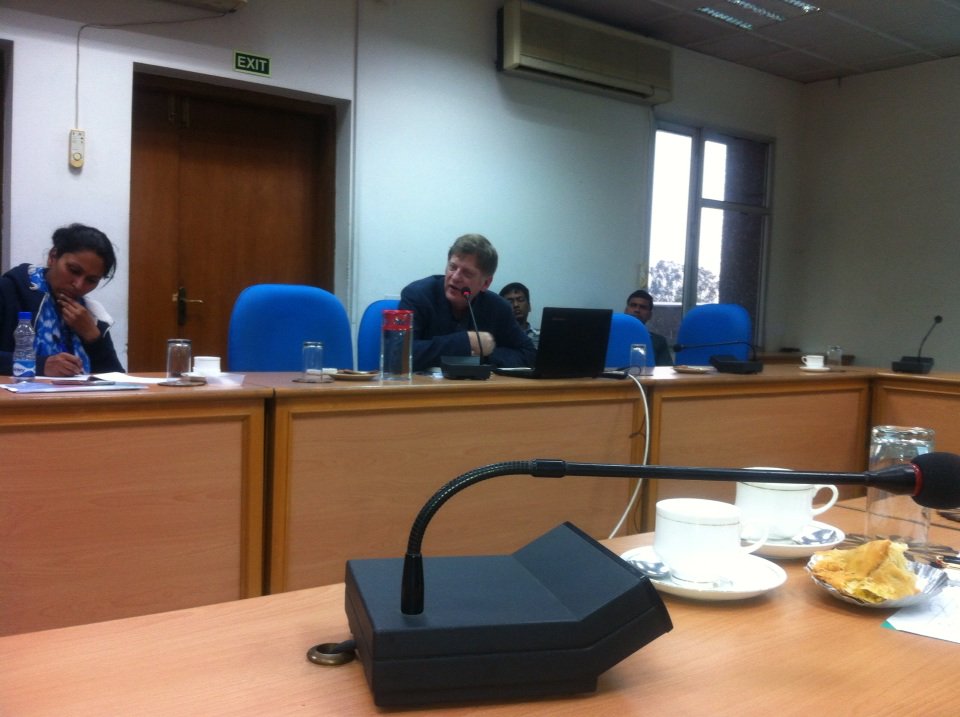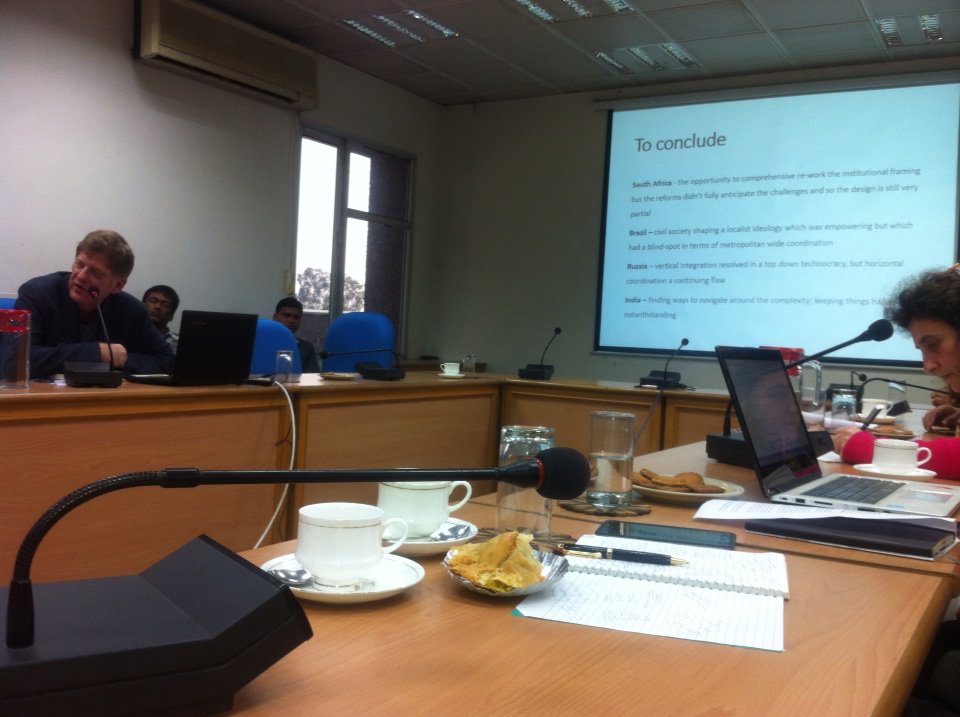The survey pegs GDP growth rate at constant market prices for the current year 2016-17 at 7.1 per cent. It also said, Agriculture sector is projected to grow at 4.1 per cent in the current year which is up from 1.2 per cent in 2015-16. Government expects the real Gross Domestic Products, GDP to be in the range of 6.75 percent to 7.5 per cent during 2017-18 financial year.
The survey asked the government to remain vigilant to prevent spike in prices of items like pulses, sugar, milk, potatoes and onion. The survey sees fiscal windfall from Pradhan Manttri Garib Kaalyan Yojan and low oil prices.
The Survey admits that demonetisation has had short-term costs but holds the potential for long-term benefits. Early evidence suggests that digitalization has increased since demonetisation. Additionally, remonetisation will ensure that the cash crunch is eliminated by April 2017.
It said, the cash squeeze in the meantime will have significant implications for GDP, reducing 2016-17 growth by 0.25 per cent to 0.5 percentage points compared to the baseline of 7 percent. It also predicted, retail inflation will be well below RBI's target of 5 per cent in the current fiscal as demonetisation would discourage any price headwind.
According to th survey, growth in the industrial sector is estimated to moderate to 5.2 per cent in 2016-17 from 7.4 per cent the previous year. It said, the GST will create a common Indian market, improve tax compliance and governance, and boost investment and growth.
It also called for cut not just in individual income tax rates and a timetable for reducing the corporate taxes but also for widening the net to progressively encompass all high incomes.
The Survey also listed the some of the challenges that might impede country’s progress. The challenges are ambivalence about property rights and the private sector, deficiencies in State capacity, especially in delivering essential services and inefficient redistribution.
The Economic Survey also stated that the inter-state migration of labour is significantly higher than previous estimates.
The Survey highlighted difficulties in privatizing public enterprises, even for firms which according to economists belong to the private sector. In this context, the Survey pointed towards the need to further privatize the Civil Aviation, Banking and Fertilizer sectors.
It also pointed out that the capacity of the State in delivering essential services such as health and education is weak due to low capacity, high levels of corruption, clientelism, rules and red tapism. At the level of the states, competitive populism is more in evidence than competitive service delivery.
The Survey notes that over the past two years, the government has made considerable progress toward reducing subsidies, especially related to petroleum products. Technology has been the main instrument for addressing the leakage problem and the pilots for direct benefit transfer in fertilizer represent a very important new direction in this regard.
























